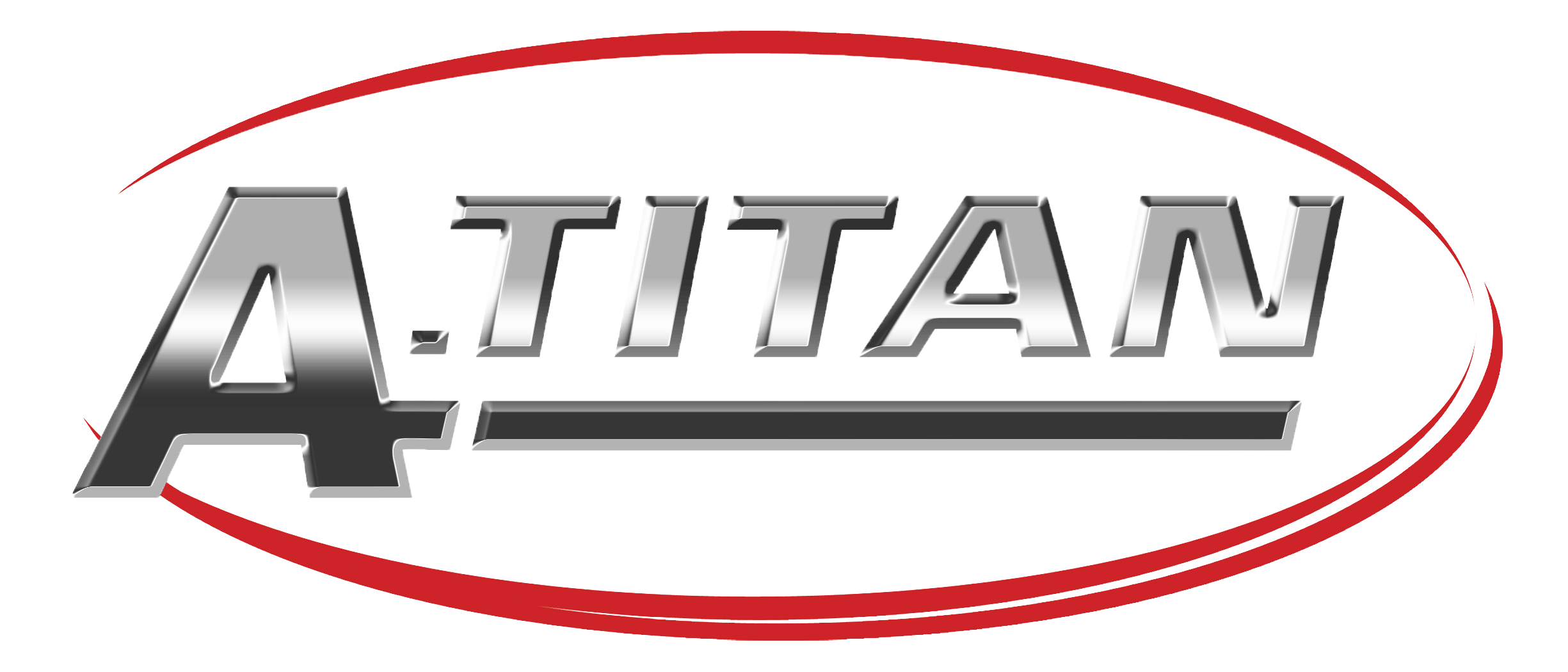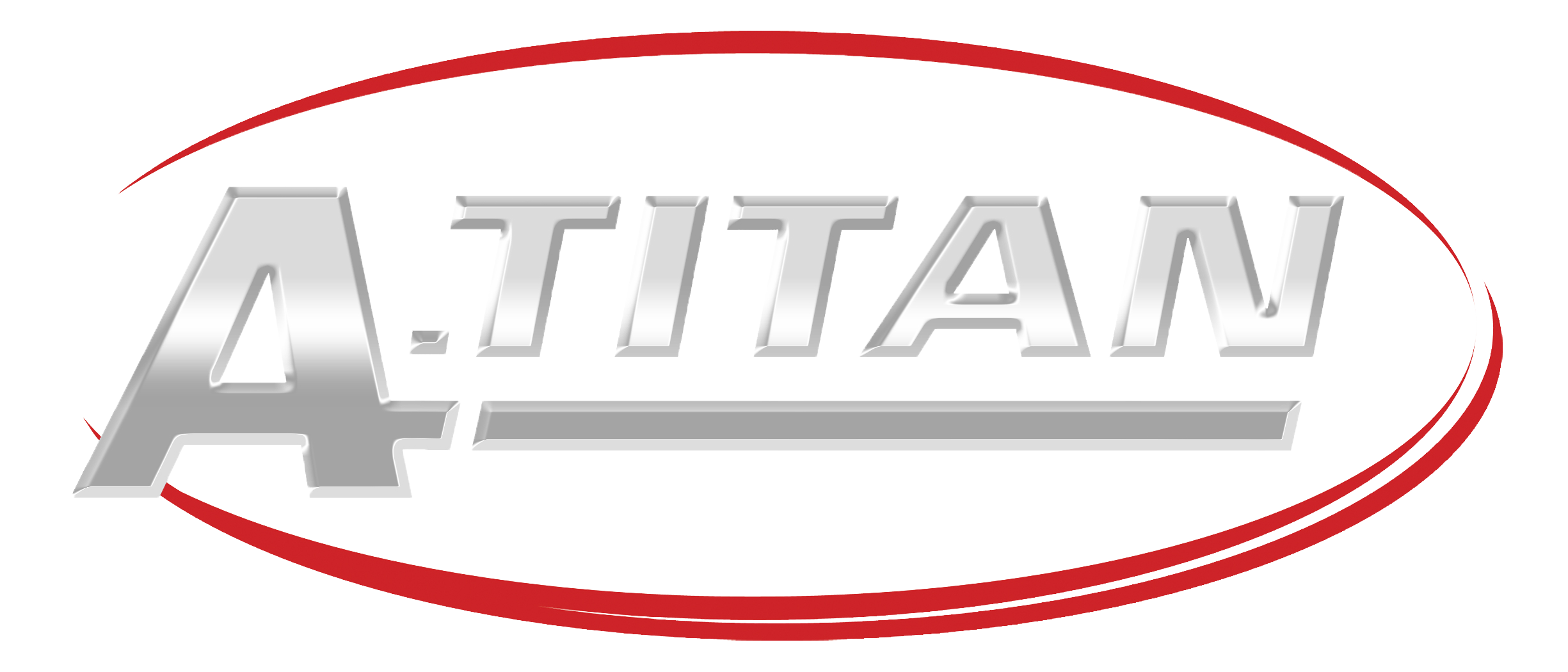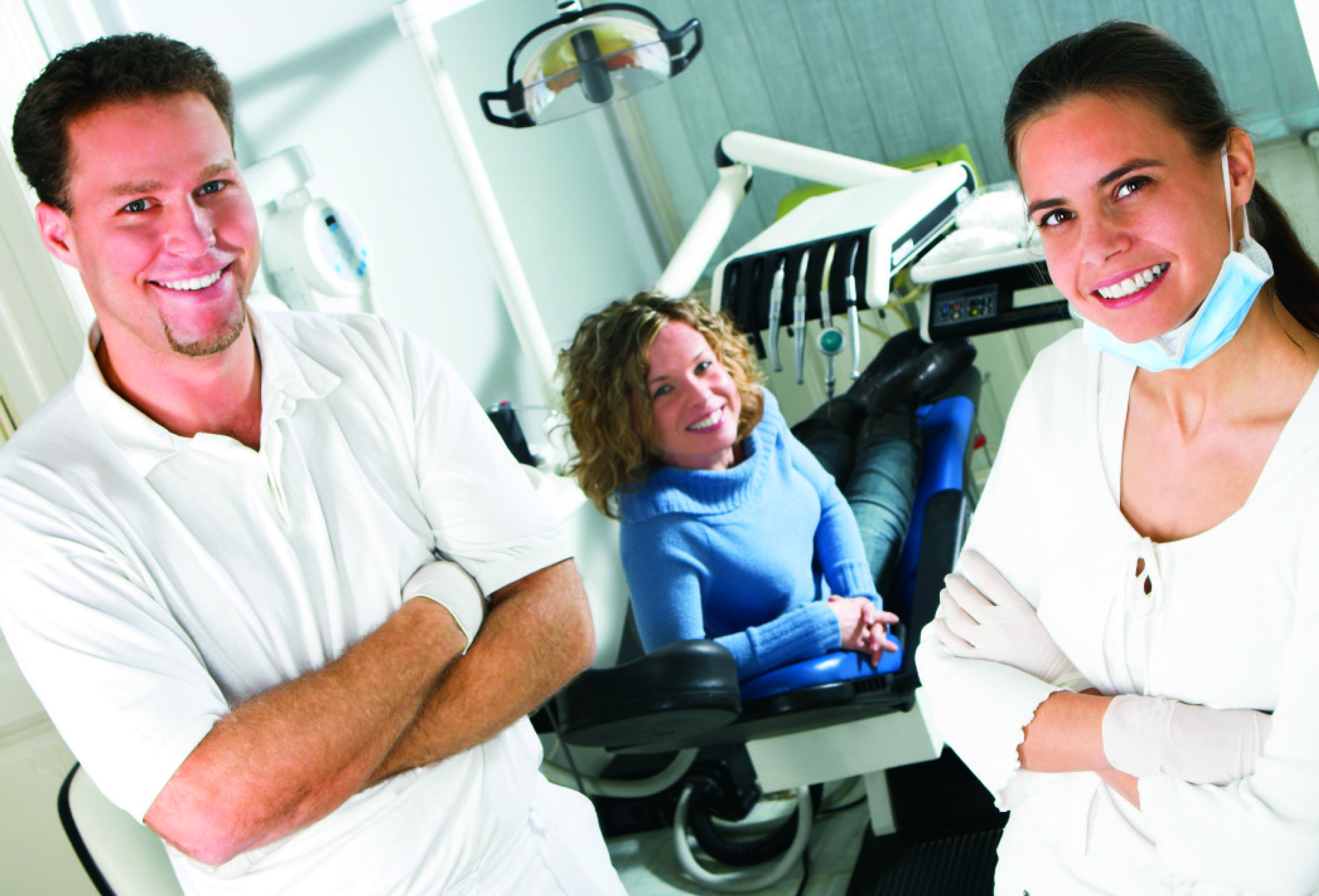Is your practice prepared with the proper surgical instrumentation to properly treat emergency cases in the most a-traumatic way possible? Do you have the necessary extraction forceps, elevators, needle holders, scissors, and suture material on hand to adhere to the ADA guidelines that indicate all urgent dental care treatments be treated as minimally invasive as possible? For example, when performing an a-traumatic extraction you should be limiting the amount of tissue and bone that is being removed. See how to perform an atraumatic extraction by clicking here.
To better cope with the COVID-19 pandemic, the ADA has developed guidelines on identifying dental emergency & non-emergency care. You can access all information at the ADA website. The ADA indicated the following examples of patient issues that can be worked on include:
• Severe dental pain from pulpal inflammation.
• Pericoronitis or third-molar pain.
• Surgical postoperative osteitis or dry socket dressing changes.
• Abscess or localized bacterial infection resulting in localized pain and swelling.
• Tooth fracture resulting in pain or causing soft tissue trauma.
• Dental trauma with avulsion/luxation.
• Dental treatment cementation if the temporary restoration is lost, broken or causing gingival irritation.
• Extensive caries or defective restorations causing pain
• Suture removal
• Denture adjustments on radiation/oncology patients
• Denture adjustments or repairs when function impeded
• Replacing temporary filling on endo access openings in patients experiencing pain
• Snipping or adjustments of an orthodontic wire or appliances piercing or ulcerating the oral mucosa
Additionally, the Professional Dental Alliance (PDA) is a group of dentists that are affiliated with the North American Dental Group and have created clinical care resources, global information, and ADSO resources available to help you navigate through the COVID-19 pandemic. You can access their website by clicking here.








